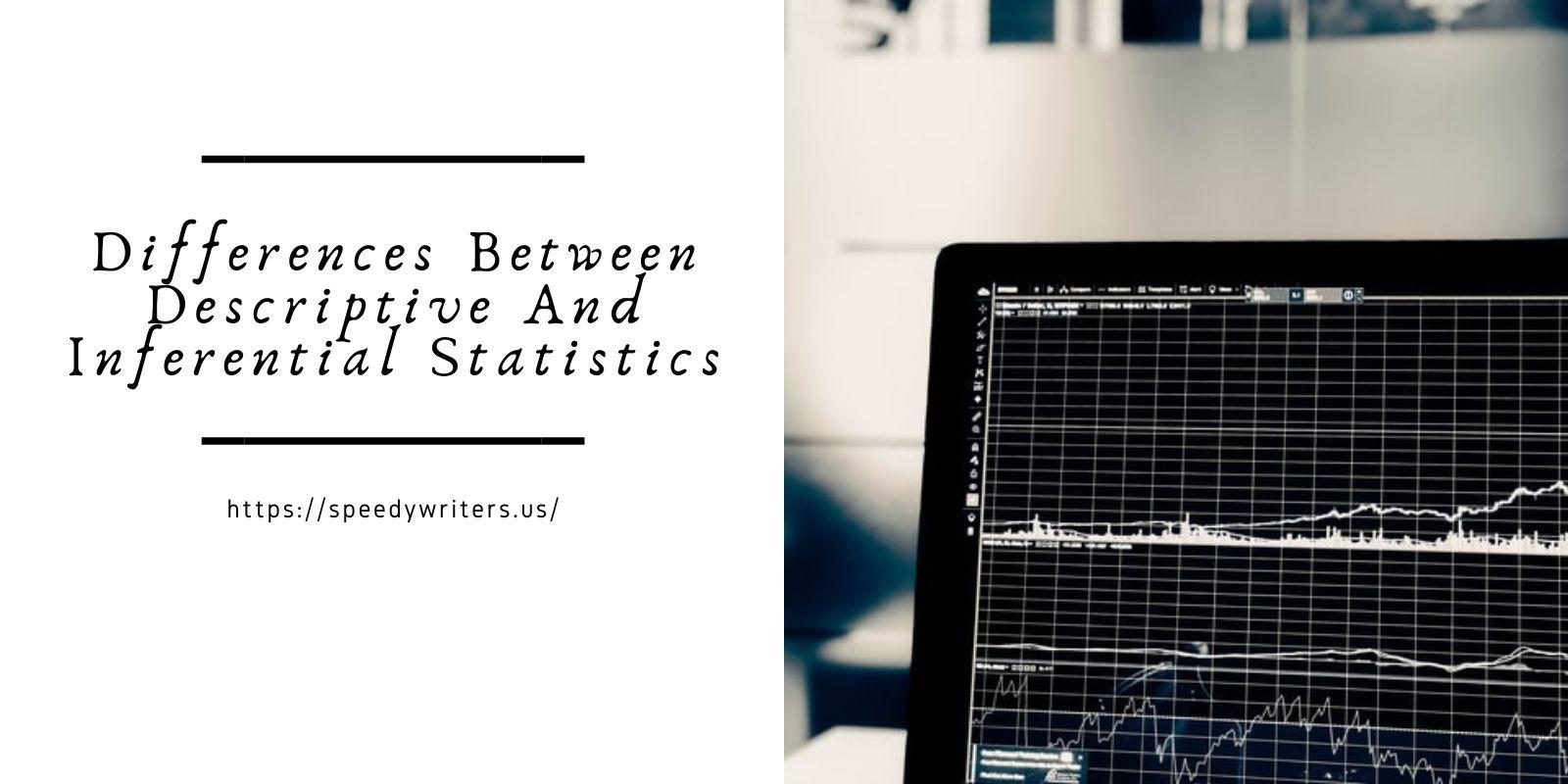Statistics analysis offers the best information on data collection methods. Collecting data ensures you make informed decisions in the workplace based on beneficial evidence that could help achieve your goals. Learning the differences between descriptive and inferential statistics can help you understand how to calculate certain statistics.
Below, we discuss what descriptive and inferential statistics are and their differences.
What Is Descriptive Statistics?
Descriptive statistics can determine multiple observations taken during your research. It involves finding group members that fit the criterion of your research, capturing data on groups you are testing and statistics and graph application to conclude the group findings. In a nutshell, you would be thoroughly analyzing the group results and breaking them down into few crucial points.
Here, you are just trying to test for results you can get from relevant individuals. You must continue to test if your results affect more people.
Here are some examples of descriptive statistics:
- Central Tendency: Using the mean and the median to determine the data point location on a graph.
- Dispersion: An alternative way for determining data point severance from your graph’s center. A small number indicates that the dispersion is closer to the center while a larger number shows a possibly greater separation from the graph’s epicenter.
- Skewness: This portrays clearly the data point separation you measured from each other. You can use your measurements to decide if they are symmetrical or skewed.
Related: Help with statistics homework
What Is Inferential Statistics?
Inferential statistics refers to taking data from a sample group and making a prediction affecting the conclusion for a large population. Random sampling is commonly used in the evaluation of different variables and how they can cause you to conduct more experiments. For an accurate analysis, you must identify the population you’re measuring, create a sample for it and incorporate analysis so you can find a sampling error.
Here are some examples of inferential statistics:
Hypothesis Tests
They determine if the population you’re measuring carries a higher value than another data point in your analysis. Also, it can conclude if populations vary based on the results you gathered from multiple experiments.
Confidence Intervals
They discover the margin of error in your research and determine if it affects your test group or the results. One is required to estimate the mean and median range for a certain population.
Regression Analysis
This is an association between the dependent and independent variables of your experiment. One performs a regression analysis after you have your hypothesis test results, so you can compare them to your subject matter. Some of the few things you can test for are the weight of different genders and the comparison between two populations or the height.
What’s The Difference Between Descriptive And Inferential Statistics?
Descriptive statistics describe data while inferential statistics facilitate predictions from data. So, what are the key differences between descriptive and inferential statistics?
The Calculation Of Certainty
Descriptive statistics measure the group you assign for the experiment only, you choose not to consider the variables. Inferential statistics, on the other hand, consider sampling errors that mostly necessitate additional tests on a larger population depending on how much data you need. As such, descriptive statistics are most likely to give you a definitive calculation.
The Simplicity Of Calculations
Since you only test for variables with inferential statistics, it is more easy and straightforward to reach conclusions for descriptive statistics. Its simplicity comes in handy for quick result situations that meet a particular deadline
